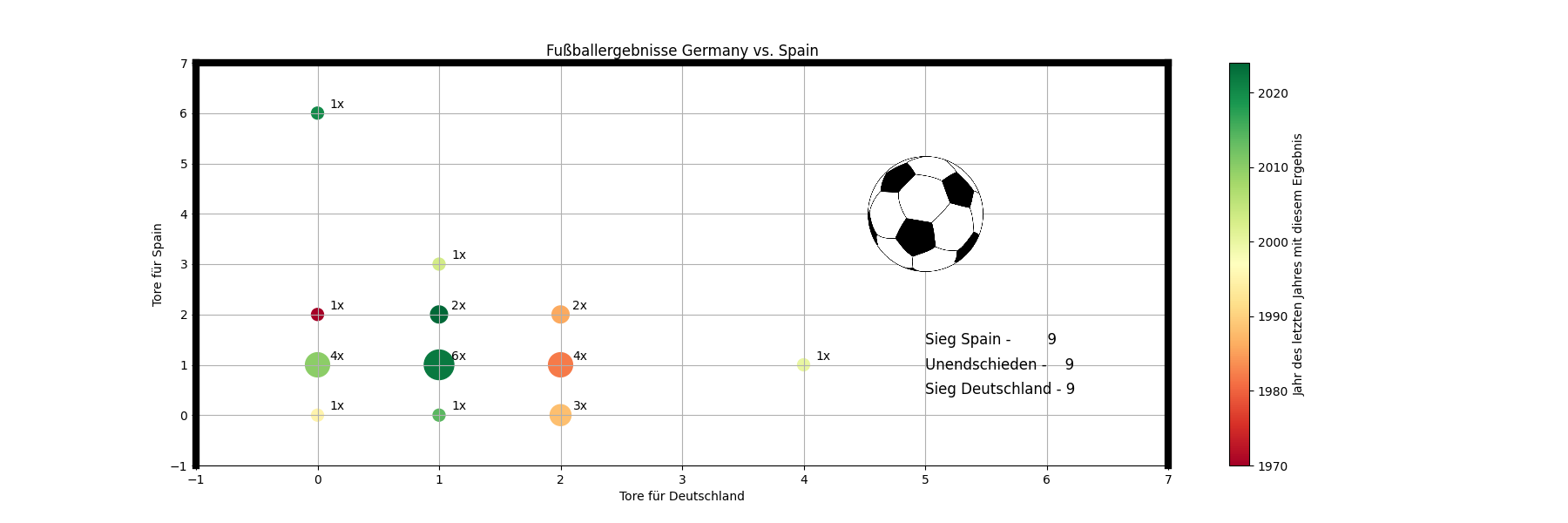| Parameter | Kursinformationen |
|---|---|
| Veranstaltung: | Vorlesung Softwareentwicklung |
| Teil: | 27/27 |
| Semester | @config.semester |
| Hochschule: | @config.university |
| Inhalte: | @comment |
| Link auf den GitHub: | https://github.com/TUBAF-IfI-LiaScript/VL_Softwareentwicklung/blob/master/27_Anwendungen.md |
| Autoren | @author |
Wie gehen wir mit Schlüsseln, Passwörtern usw. in unseren Codes um?
Zielstellung:
- Komfortable Handhabung im Projekt
- Projektübergreifende Verwendung (?)
- Speicherung ohne Weiterleitung an Repositories
Ein Lösungsansatz ist die Verwendung von Microsoft.Extensions.Configuration.UserSecrets
dotnet new console -o secret_example
dotnet add package Microsoft.Extensions.Configuration.UserSecrets
dotnet user-secrets init
dotnet user-secrets set "ServiceAPIKey" "1213234435"
Das war es schon. Nun finden Sie unter
~/.microsoft/usersecrets/<user_secrets_id>/secrets.json(Linux/macOS)%APPDATA%\Microsoft\UserSecrets\<user_secrets_id>\secrets.json(Windows)
den Eintrag
{
"ServiceAPIKey": "1213234435"
}Aus dem Programm heraus können Sie darauf unmittelbar zurückgreifen.
using Microsoft.Extensions.Configuration;
var config = new ConfigurationBuilder().AddUserSecrets<Program>().Build();
string APIsecret = config["ServiceAPIKey"];
Console.WriteLine(APIsecret);Lassen Sie die Inhalte der Lehrveranstaltung anhand eines Codereviews Revue passieren lassen.
https://cobwebsonmymind.wordpress.com/2011/04/13/thingspeak-net-class/
Wir fokussieren uns auf zwei Methoden für das grundsätzliche Schreiben eines Wertes auf den Server.
Aufgabe: Bewerten Sie den Code im Hinblick auf:
- Verwendbarkeit des Beispiels
- Entwurfsqualität
- Implementierung
using System;
using System.Data;
using System.Configuration;
using System.Web;
using System.Web.Security;
using System.Web.UI;
using System.Web.UI.HtmlControls;
using System.Web.UI.WebControls;
using System.Web.UI.WebControls.WebParts;
using System.Text;
using System.Net;
using System.IO;
namespace ThingSpeak
{
public class ThingSpeak
{
private const string _url = "http://api.thingspeak.com/";
private const string _APIKey = "YOUR_KEY_HERE";
public static Boolean SendDataToThingSpeak(string field1, string field2, string field3, string field4, string field5, string field6, string field7, string field8, out Int16 TSResponse)
{
StringBuilder sbQS = new StringBuilder();
// Build the querystring
sbQS.Append(_url + "update?key=" + _APIKey);
if (field1 != null) sbQS.Append("&field1=" + HttpUtility.UrlEncode(field1));
if (field2 != null) sbQS.Append("&field2=" + HttpUtility.UrlEncode(field2));
if (field3 != null) sbQS.Append("&field3=" + HttpUtility.UrlEncode(field3));
if (field4 != null) sbQS.Append("&field4=" + HttpUtility.UrlEncode(field4));
if (field5 != null) sbQS.Append("&field5=" + HttpUtility.UrlEncode(field5));
if (field6 != null) sbQS.Append("&field6=" + HttpUtility.UrlEncode(field6));
if (field7 != null) sbQS.Append("&field7=" + HttpUtility.UrlEncode(field7));
if (field8 != null) sbQS.Append("&field8=" + HttpUtility.UrlEncode(field8));
// The response will be a "0" if there is an error or the entry_id if > 0
TSResponse = Convert.ToInt16(PostToThingSpeak(sbQS.ToString()));
if (TSResponse > 0)
{
return true;
}
else
{
return false;
}
}
private static string PostToThingSpeak(string QueryString)
{
StringBuilder sbResponse = new StringBuilder();
byte[] buf = new byte[8192];
// Hit the URL with the querystring and put the response in webResponse
HttpWebRequest myRequest = (HttpWebRequest)WebRequest.Create(QueryString);
HttpWebResponse webResponse = (HttpWebResponse)myRequest.GetResponse();
try
{
Stream myResponse = webResponse.GetResponseStream();
int count = 0;
// Read the response buffer and return
do
{
count = myResponse.Read(buf, 0, buf.Length);
if (count != 0)
{
sbResponse.Append(Encoding.ASCII.GetString(buf, 0, count));
}
}
while (count > 0);
return sbResponse.ToString();
}
catch (WebException ex)
{
return "0";
}
}
}
}Ablauf eines Schreibprozesses:
-
Initiierung:
- der Nutzer spezifiziert die Kanalkonfiguration und den Kanalnamen
-
Laufzeit:
- Schreiben der Werte
- Versenden
- Evaluation des Erfolgs und "Markierung" der bereits versandten Daten
| Woche | Tag | Inhalt der Vorlesung |
|---|---|---|
| 1 | 5. April | Organisation, Einführung von GitHub und LiaScript |
| 2 | 8. April | Softwareentwicklung als Prozess |
| 12. April | Konzepte von Dotnet und C# | |
| 3 | 15. April | Elemente der Sprache C# I |
| 19. April | Elemente der Sprache C# II | |
| 4 | 22. April | Strukturen / Konzepte der OOP |
| 26. April | Säulen Objektorientierter Programmierung | |
| 5 | 29. April | Klassenelemente in C# / Vererbung |
| 3. Mai | Klassenelemente in C# / Interfaces | |
| 6 | 6. Mai | Generics |
| 10. Mai | Container | |
| 7 | 13. Mai | Versionsmanagement im SWE-Prozess I |
| 17. Mai | Versionsmanagement im SWE_Pprozess II | |
| 8 | 20. Mai | Pfingstmontag |
| 24. Mai | UML Konzepte | |
| 9 | 27. Mai | UML Diagrammtypen |
| 31. Mai | UML Anwendungsbeispiel | |
| 10 | 3. Juni | Testen |
| 7. Juni | Dokumentation und Build Toolchains | |
| 11 | 10. Juni | Continuous Integration in GitHub |
| 14. Juni | Delegaten | |
| 12 | 17. Juni | Events |
| 21. Juni | Threadkonzepte in C# | |
| 13 | 24. Juni | Taskmodell |
| 28. Juni | Design Pattern | |
| 14 | 1. Juli | Language Integrated Query |
| 5. Juli | GUI - MAUI | |
| 15 | 8. Juli | GUI - MAUI |
| 12. Juli | Anwendungungsfälle |
Danke für Ihr Interesse! Viel Erfolg bei den Prüfungen

